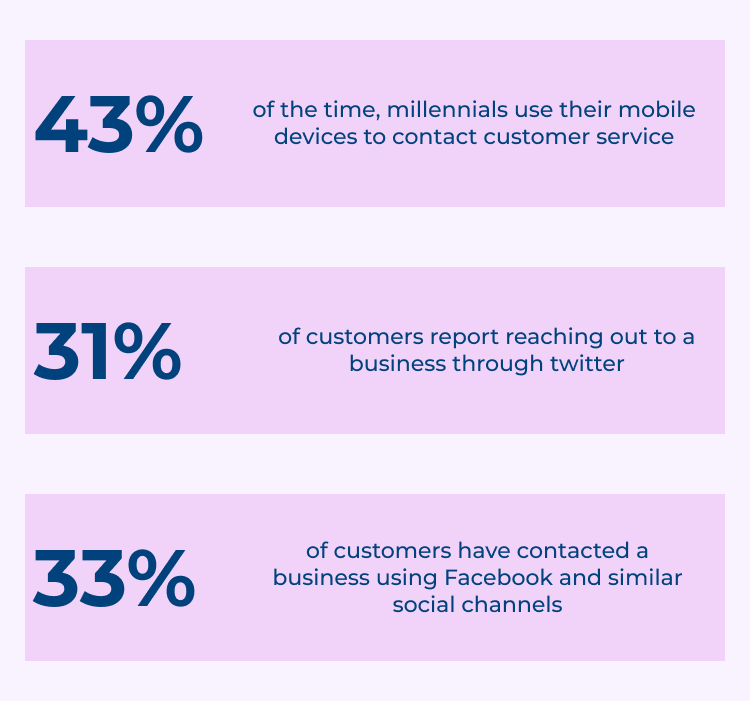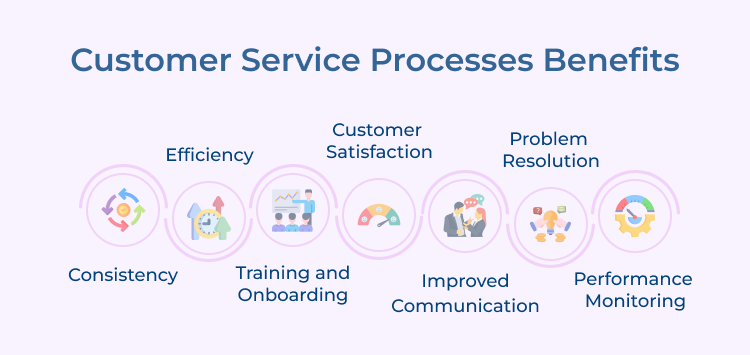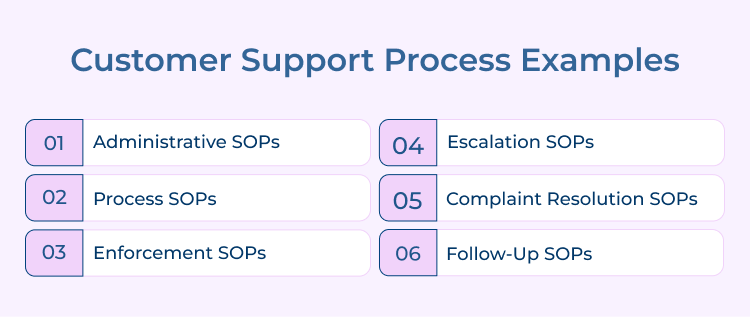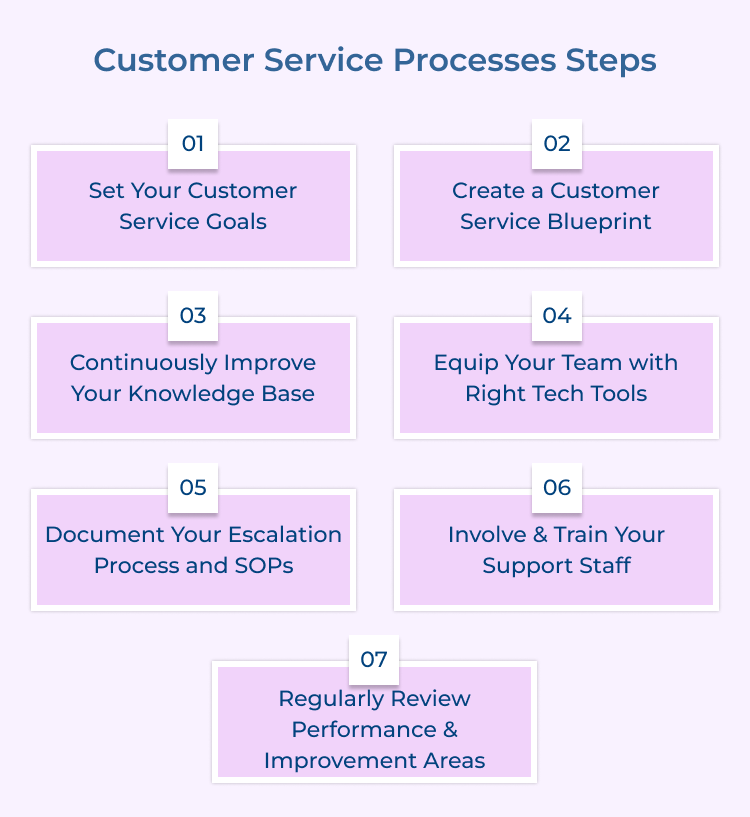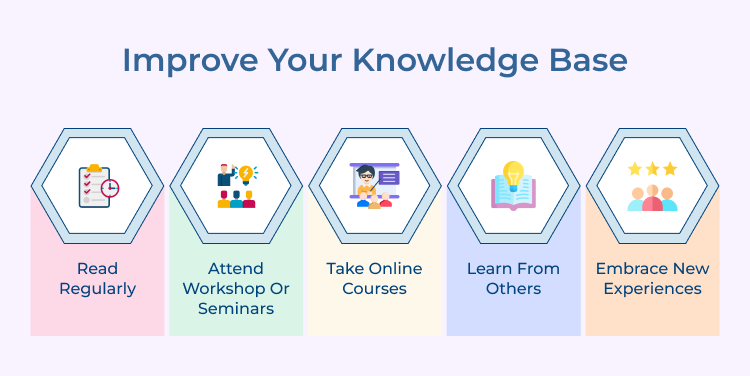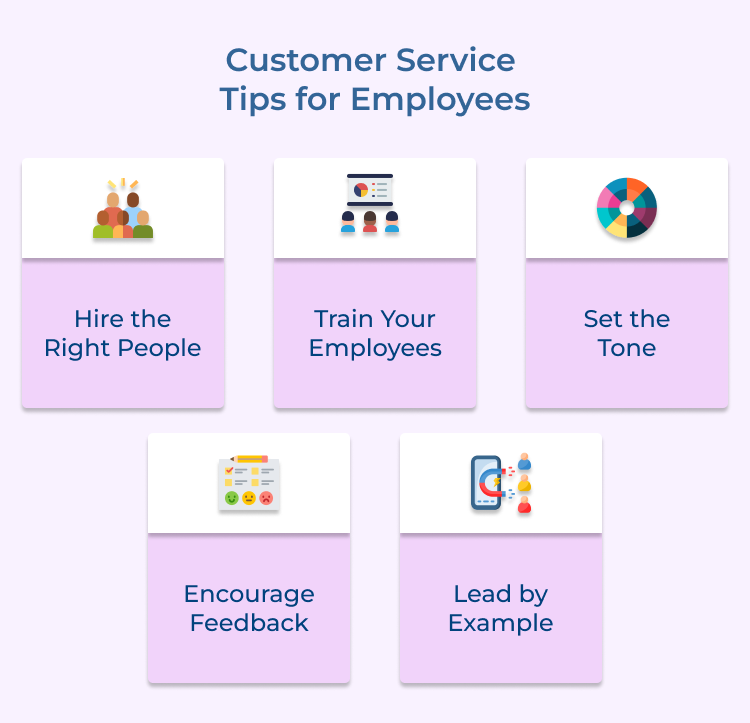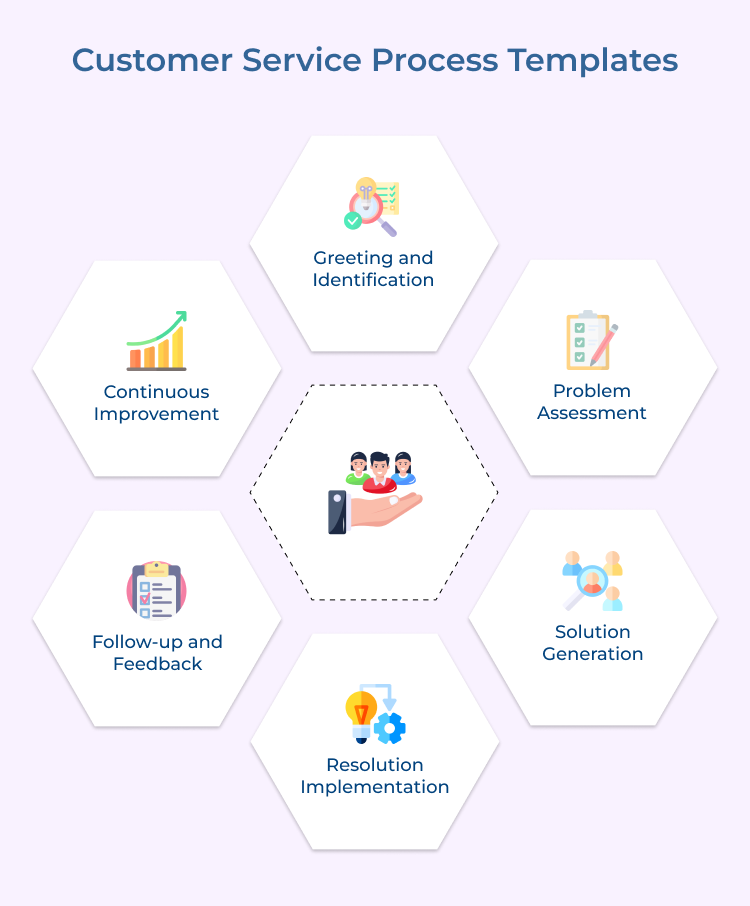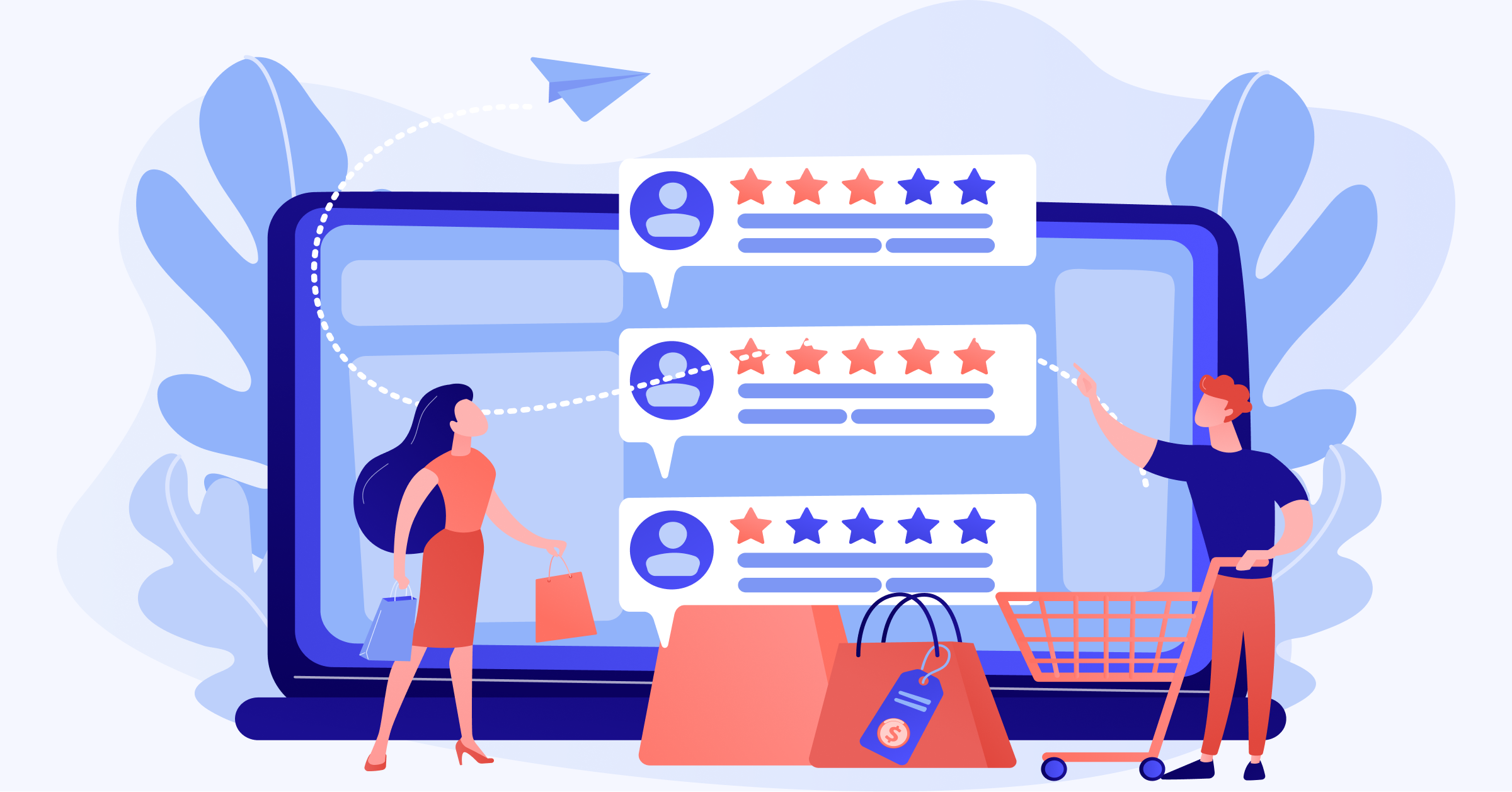Let us explore some real-time examples of a customer service process template.
1. Greeting and Identification
The first step in any customer service process is to greet the customer and identify their needs. It can be done via various channels like phone calls, emails, or in-person interactions. The template should include guidelines on greeting customers and gathering information about their issues.
Example: Imagine you are a customer service representative in a retail store. When a customer enters the store, you should greet them warmly and ask how you can assist them. It allows you to understand their specific requirements and set the foundation for providing personalized assistance.
2. Problem Assessment
The next step is to assess the problem or request. It involves gathering all the relevant information and determining the root cause of the issue. The template should provide guidelines on how to effectively assess problems and provide solutions.
Example: If a customer contacts a telecommunications company with a complaint about their internet connectivity, the customer service representative should actively listen, ask relevant questions, and gather all the necessary information about the issue. It helps in understanding the root cause and determining the appropriate solution.
3. Solution Generation
After assessing the problem, the customer service representative should generate potential solutions. It may involve consulting with supervisors or other team members to find the best course of action. The template should include a step-by-step process for brainstorming and evaluating possible solutions.
Example: If a customer is having trouble with their internet connectivity, the customer service representative might offer troubleshooting steps over the phone. They might schedule a technician visit if the issue is more complex. The focus here is to explore different solutions and provide the customer with the best possible options.
4. Resolution Implementation
When the solution has been identified, it’s time to implement it. It may involve communicating the solution to the customer, coordinating with other departments, or taking any necessary actions to resolve the issue. The template should outline the specific steps required to implement the solution effectively.
Example: If the support representative schedules a technician visit, they should ensure that the appointment is booked accurately, and the technician arrives on time. Clear communication and coordination between all parties involved are essential to implement the resolution.
5. Follow-up and Feedback
After the issue has been resolved, it’s essential to follow up with the customer to ensure their satisfaction and gather feedback. It can be done through surveys, phone calls, or email communication. The template should include guidelines on how to conduct follow-ups and collect feedback effectively.
For example: a customer service representative might contact the customer a few days later to confirm if the internet connection is now stable or if any further assistance is required. It shows the customer that their concerns are valued and helps in building trust.
6. Continuous Improvement
A customer service process template should include a section on continuous improvement. It involves regularly reviewing and analyzing customer feedback to identify areas for improvement.
The template should include updating training materials, revising policies and procedures, or implementing new technologies. The template should guide how to integrate feedback into the ongoing improvement of the customer service process.
Example: If multiple customers complain about a particular product’s durability, the company can work on enhancing the product quality. Continuous improvement ensures that the customer service process evolves and becomes better over time.
Impact of Customer Service Processes on Business Growth
Effective customer service processes have an immense impact on business growth, profitability levels and overall CX associated with the company’s products or services. There is a direct link between efficient customer service practices and better job opportunities within organizations as employees feel more engaged when delivering excellent CX. It increases productivity and employee retention rates throughout the organization.
Customer experience (CX) has become a key differentiator for businesses in a competitive market. Customers now have higher expectations and demand personalized and efficient service. Hence, organizations that prioritize and invest in effective customer service processes will not only experience higher customer satisfaction but also contribute to their overall business growth.

